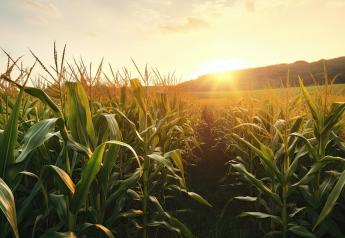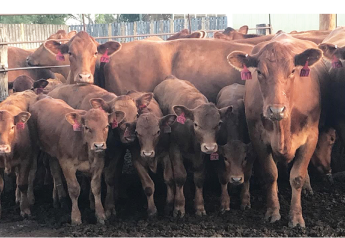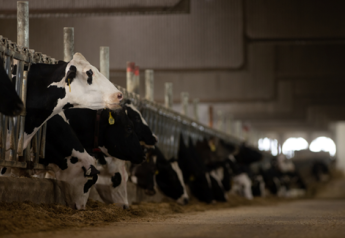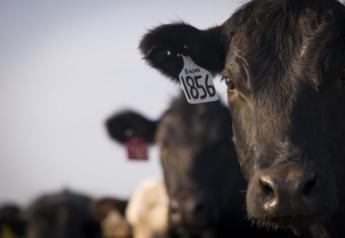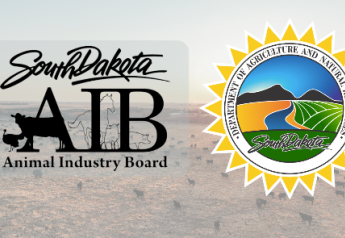The Shifting Landscape of Pinkeye: Control at the Herd and Regional Level

Find out what leading veterinarians are doing to control a new species of pinkeye.
You’ll hear from three veterinarians who have contributed to successful pinkeye control strategies on dairy and beef operations throughout the U.S.
Topics include:
- The prevalence of pinkeye-causing bacteria
- Strategies for pinkeye control on both a herd and regional level
- The key role diagnostics play in pinkeye control
CE Credit Available
Hosted by Bovine Veterinarian
Brought to you by: Newport Laboratories



